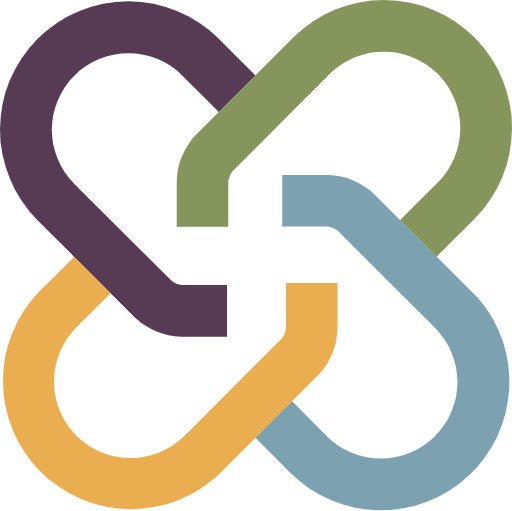Basics
How long is compulsory education? What types of education and training are available afterwards? Who is responsible?
Switzerland is a multilingual country with four official national languages. It has a federal structure. Further important features are the cantonal autonomy in the education system and the decentralised organisation of schools. With regard to post-compulsory education (upper secondary general education, vocational and professional education and training, universities), the cantons and the Confederation each have their own areas of responsibility. Overall, the cantons and their communes finance 90% of public-sector education spending.
Compulsory education
Compulsory education lasts a total of eleven years. It generally starts at the age of four. 95% of students in Switzerland complete compulsory education at a state school in the commune in which they live. Roughly 5% attend a private school. State schools play an important role in integration. Children with different social, linguistic and cultural backgrounds all attend the same school.
Primary level: primary level – including two years of kindergarten or a first learning cycle – lasts eight years. In addition to the two compulsory years of kindergarten, the canton of Ticino offers an initial, voluntary year for children from age three.
Lower secondary level: lower secondary level lasts three years. At lower secondary level, pupils are taught in all or some subjects in classes grouped by ability. Different organisational models apply (e.g. separate classes or joint classes with certain subjects taught separately). In the canton of Ticino, lower secondary level (scuola media) lasts for four years.
Languages: the language of instruction is German, French, Italian or Romansh, depending on the language region, though Romansh-language municipalities represent a special case. Traditionally, language learning has an important role in Switzerland. Students learn a second official language of Switzerland as well as English during their compulsory school years.
Responsibilities: the cantons are responsible for compulsory education. In accordance with the Federal Constitution, they are obliged to ensure nationwide harmonisation of important targets and structures. The local communes run the schools. Because education is locally rooted, tailor-made solutions can be implemented.
Read more about compulsory education
Post-compulsory education
Intercantonal or national legislation generally forms the basis for the education on offer in post-compulsory education sector (upper secondary level and tertiary level). The cantons are responsible for enforcement and for running the schools. The Swiss Federal Institutes of Technology come within the competence of the Confederation.
Upper secondary level: after the end of their compulsory education roughly two-thirds of young people in Switzerland switch to a form of education which combines classroom instruction at a vocational school with an apprenticeship in a training company (dual-track system). This provides them with a Federal VET Diploma and can also be concluded with a Federal Vocational Baccalaureate. VET is the acronym of Vocational Education and Training. Around one-third opt to continue school education at an upper secondary specialised or a baccalaureate school, which prepare them for tertiary education at a university.
More than 90% of young people complete upper secondary education, which facilitates direct entry into the job market, enables them to attend a Professional Education Institution or – with a baccalaureate from a baccalaureate school, a specialised baccalaureate or a vocational baccalaureate – allows them to continue their education at a university. Altogether, 40.9% of young people in Switzerland acquire one of these forms of baccalaureate. You can find the original designations of the diplomas and schools in the diagrams of the respective Swiss national language (de / fr / it / rm)
Read more about upper secondary level
Tertiary level: the tertiary level comprises universities (including universities of applied sciences and universities of teacher education) and, as a second important pillar, institutions providing professional education. The latter is aimed at people with professional experience, enabling them to gain specialist education and additional qualifications. It comprises diplomas from a college of higher education and federal or advanced federal diplomas of higher education.
The graduation rate at tertiary level is around 45%, with around two-thirds of these graduates gaining a university degree and roughly one-third a tertiary level professional education degree or diploma.
Read more about tertiary level
Special features of the Swiss education system
The Swiss education system is characterised in particular by
- a high degree of permeability: there are many ways to enter or transfer to a training programme or school or to attend a catch-up training programme.
- open access to the various types of education: anyone who has the necessary qualifications can generally attend the course of his/her choice, and is also free to apply to the university of his/her choice. Vocational education and training is subject to some restrictions due to ceilings on apprenticeship positions. At some universities, access to specific subjects is also limited.
